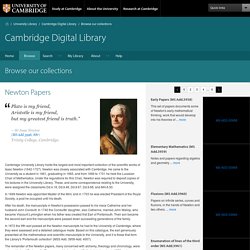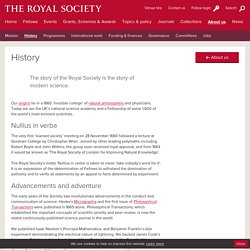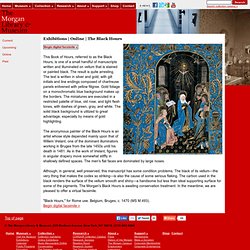

The Mindset List. Welcome to the Beloit College Mindset List for this year’s entering college class of 2018 The College class of 2018, starting their first year on campus this fall, arrives with a grasp of their surroundings quite distinct from that of their mentors.

Born in 1996, they have always had The Daily Show to set them straight, always been able to secure immediate approval and endorsement for their ideas through “likes” on their Facebook page, and have rarely heard the term “bi-partisan agreement.” Each August since 1998, Beloit College in Beloit, Wis., has released the Beloit College Mindset List, providing a look at the cultural touchstones and experiences that have shaped the worldview of students entering colleges and universities in the fall. Behind the light humor of the Mindset List there are always some serious issues about the future of the class and their role in the future of the nation. The Mindset List is assembled each year by Ron Nief and Tom McBride at Beloit College. Cambridge Digital Library. Cambridge University Library holds the largest and most important collection of the scientific works of Isaac Newton (1642-1727).

Newton was closely associated with Cambridge. He came to the University as a student in 1661, graduating in 1665, and from 1669 to 1701 he held the Lucasian Chair of Mathematics. Under the regulations for this Chair, Newton was required to deposit copies of his lectures in the University Library. These, and some correspondence relating to the University, were assigned the classmarks Dd.4.18, Dd.9.46, Dd.9.67, Dd.9.68, and Mm.6.50. In 1699 Newton was appointed Master of the Mint, and in 1703 he was elected President of the Royal Society, a post he occupied until his death. After his death, the manuscripts in Newton's possession passed to his niece Catherine and her husband John Conduitt.
In 1872 the fifth earl passed all the Newton manuscripts he had to the University of Cambridge, where they were assessed and a detailed catalogue made. See also. River Campus Libraries. Daguerreobase. Khan Academy. Newcastle University Library. ARKHÊNUM - Numérisation des fonds patrimoniaux. American Museum Congo Expedition 1909-1915. British Library - Sounds. Royal Society. The story of the Royal Society is the story of modern science.

Our origins lie in a 1660 ‘invisible college’ of natural philosophers and physicians. Today we are the UK’s national science academy and a Fellowship of some 1,600 of the world’s most eminent scientists. Nullius in verba The very first ‘learned society’ meeting on 28 November 1660 followed a lecture at Gresham College by Christopher Wren. Joined by other leading polymaths including Robert Boyle and John Wilkins, the group soon received royal approval, and from 1663 it would be known as 'The Royal Society of London for Improving Natural Knowledge'. The Royal Society's motto 'Nullius in verba' is taken to mean 'take nobody's word for it'. Advancements and adventure The early years of the Society saw revolutionary advancements in the conduct and communication of science.
We published Isaac Newton’s Principia Mathematica, and Benjamin Franklin’s kite experiment demonstrating the electrical nature of lightning. Independence. The Virtual Museum of Iraq. Museum. Begin digital facsimile » This Book of Hours, referred to as the Black Hours, is one of a small handful of manuscripts written and illuminated on vellum that is stained or painted black.

The result is quite arresting. The text is written in silver and gold, with gilt initials and line endings composed of chartreuse panels enlivened with yellow filigree. Gold foliage on a monochromatic blue background makes up the borders. The miniatures are executed in a restricted palette of blue, old rose, and light flesh tones, with dashes of green, gray, and white. The anonymous painter of the Black Hours is an artist whose style depended mainly upon that of Willem Vrelant, one of the dominant illuminators working in Bruges from the late 1450s until his death in 1481. Although, in general, well preserved, this manuscript has some condition problems. "Black Hours," for Rome use. Piet's ScheepsIndex. The Hong Kong Heritage Project. Smithsonian Wild. Victoria and Albert Museum.